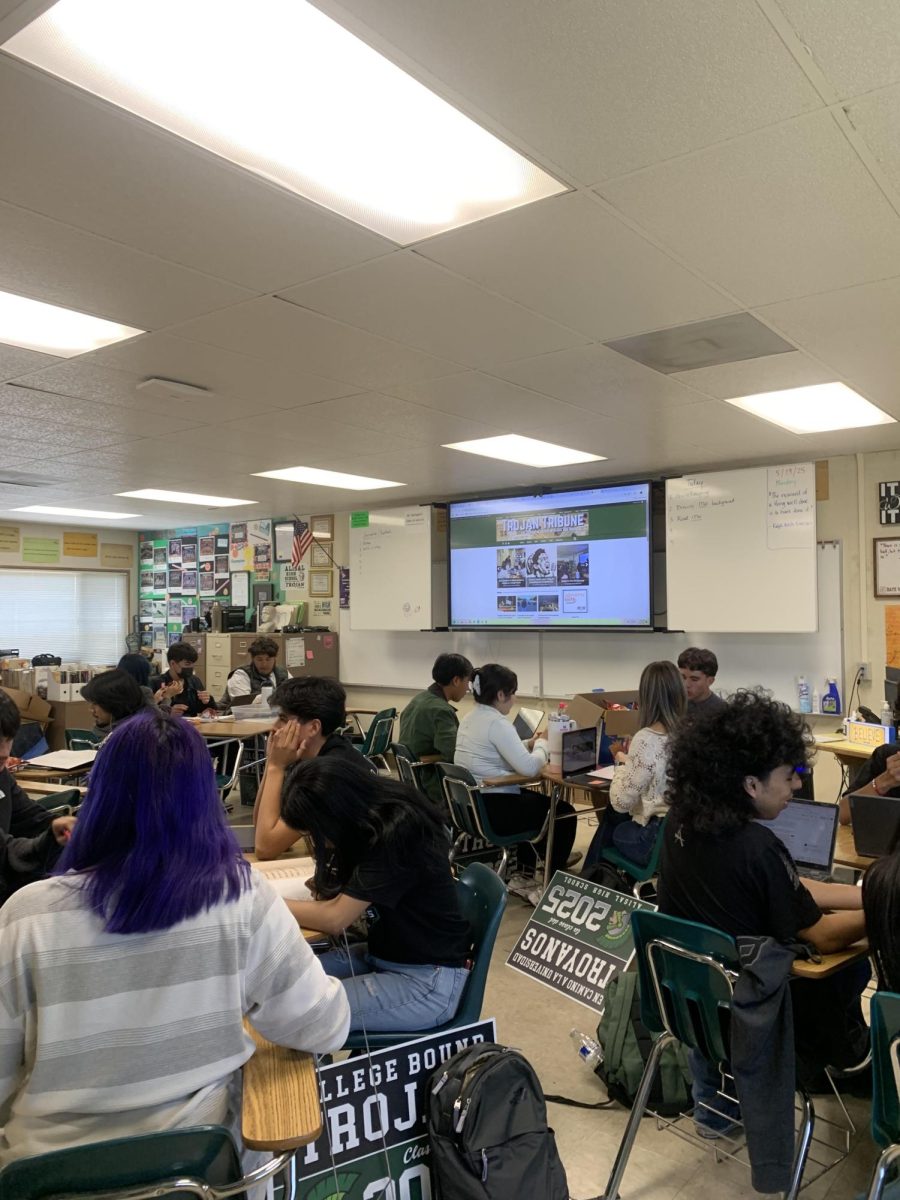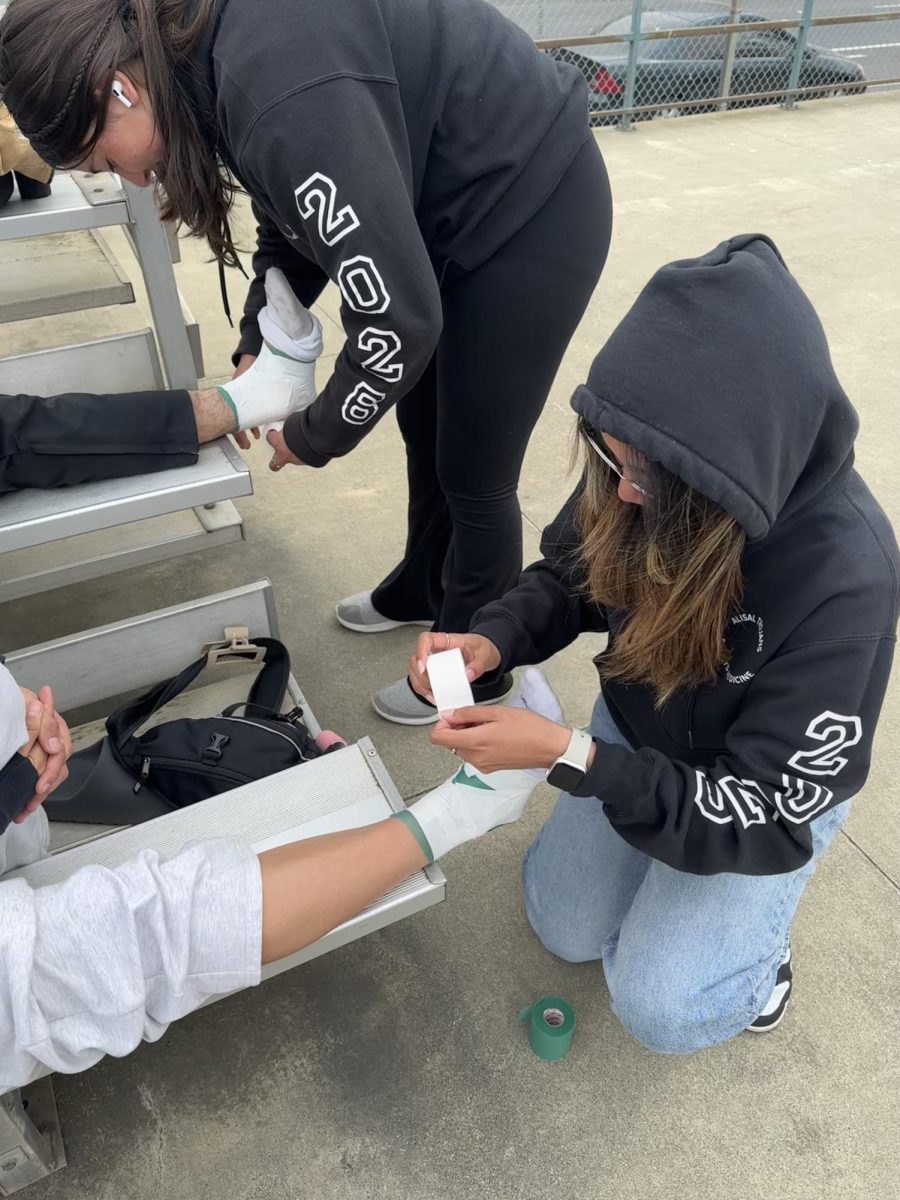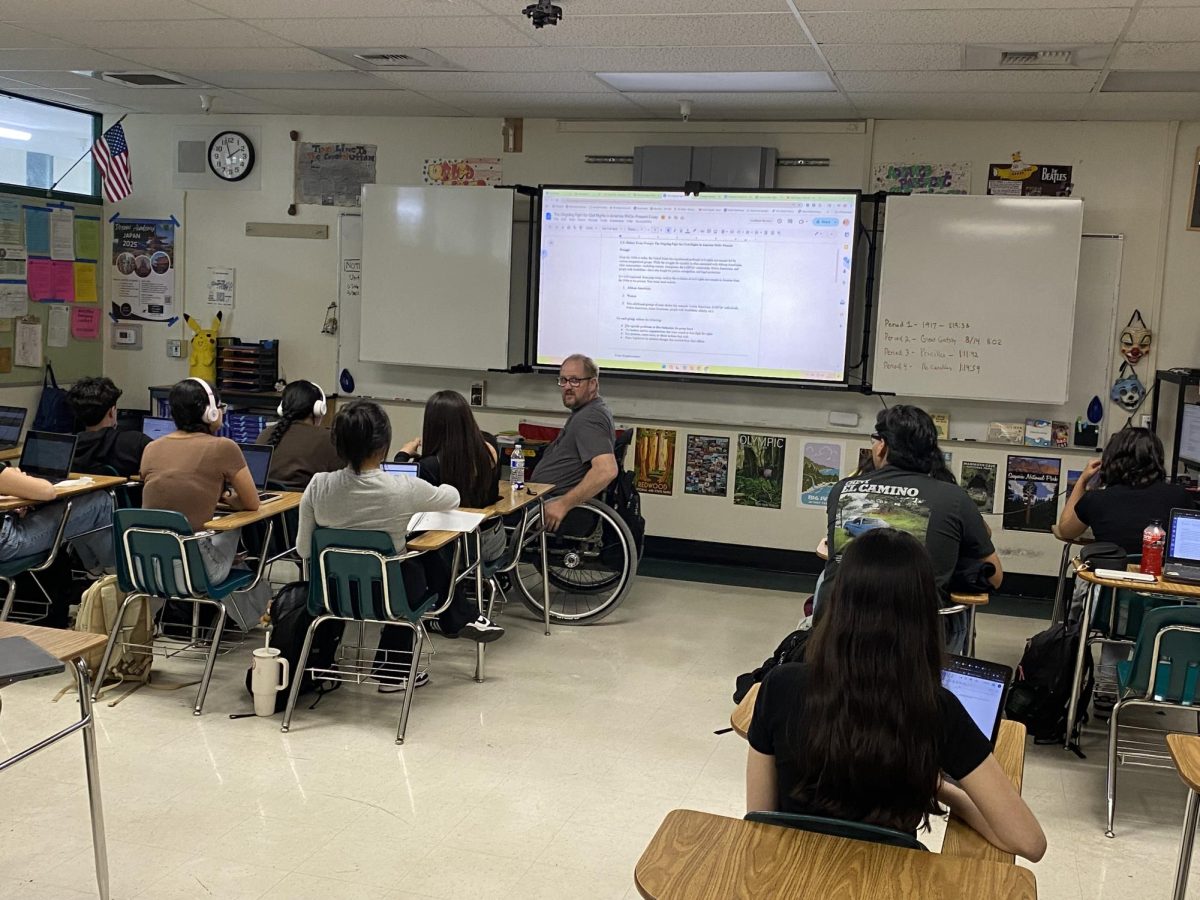As graduation gets closer, high schoolers need to have plans for what they are going to do after high school. Some choose to go directly into the workforce, others decide to pursue higher education. For those that pick college, their struggle is now deciding what type of college is best for them.
With the multitude of options for colleges, from 4-year to 2-year institutions, and different requirements for those schools, high schoolers have to navigate the confusing decisions that will dictate their near future.
4 Years:
In California, we have the University of California (UC) public research university system, the California State University (CSU) system, and private universities. Apart from these, there are out of state options as well that have similar requirements to privates, with tougher requirements for out of state students. There are a total of about 182 schools between the three systems in California alone, each with different requirements.
University of California System:
The UC system was first established in 1869, and now has 10 different campuses, with some of them being the best in the world. Due to this prestige, UC’s have a more rigorous application process and are a lot harder to get into than most schools. Applicants must answer four personal insight questions of their choice from the eight options presented. From the nine UC’s that offer undergraduate degrees, most of them have less than a 50% acceptance rate, with the exception of UC Merced, Riverside, and Santa Cruz. Due to the COVID pandemic, UC’s are no longer requiring the submission of ACT and SAT scores, making it easier for people who cannot take the test, but they still have a minimum of a 3.0 GPA required for California residents.
The UC’s are pushed onto students here at Alisal by a large number of teachers. During college prep week, a large amount of focus was placed on completing the UC application. While their financial aid packages are usually more generous due to having more money, and they tend to have more majors available, that does not mean that other systems should not be considered.
California State University:
The CSU system has been around since 1960, currently having 23 different campuses. Their application process requires the submission of a general application without any supplemental writing. However, due to the larger number of schools under this system, they have less financial aid they can offer individuals and smaller schools typically do not have as wide of a variety when it comes to majors. They are still a great option for students to consider without the hassle of added writing.
Private:
Private schools are the most expensive option, but since their funding is separate from government funding, they tend to have more money available. The main private schools in California are Stanford, University of Southern California, and California Institute of Technology, all being extremely hard to get into. Private schools have the freedom to ask for applicants for different requirements, such as ACT/SAT scores, questions about your challenges, even what your favorite movie is to learn more about them.
Their prestige comes from their association with wealth due to the higher tuition and attribution to higher social class. A bachelor’s degree from a private school is worth the same as one from any other place, a benefit only being networking, which is possible at all schools.
2 Year:
Community colleges offer two year certificates and associate degrees at their schools. Oftentimes being in close proximity to home and offering cheaper tuition, with an average cost of tuition being $1,350, students who have not decided what they want to study yet tend to turn to community colleges.
Hartnell currently has the Salinas Valley Promise program, where students get two years of free in-state tuition regardless of income. As long as you apply, you will basically be admitted to community colleges. Not only that, but there is the option to transfer to a four year university after completing 60 semester units or 90 quarter units. It’s a way for people to be able to complete their general education requirements for less money then moving on to completing their major requirements at a four year institution.
While community college is a cheaper alternative, being near home does mean that people having to stay with their parents can have to take up jobs in order to help contribute to the household. The appeal to go directly into the workforce and have an income instead of completing their two years at community college can lead to dropping out. From 2020-2021, about 39% first-year undergraduates dropped out of community college, compared to the 19.4% of drop-outs from four year institutions. For some, the lack of support due to less funding available at community colleges leads them to drop out.
Apart from community college, there are other shorter options as well such as trade school. If someone has a full time schedule they can complete their program in under a year in the Center for Employment Training (CET).
The push in high school toward 4 years:
When I started seriously exploring college options my junior year, community college was what I immediately gravitated towards. Knowing that my family’s financial situation was not the best, so expensive schools were out of the question and being undecided on what I wanted to study, having the two years to explore classes at a cheaper class sounded like the best option for me. As soon as I told some of my teachers, they told me about how I was wasting my abilities by going into a community college instead of directly to a four year. I was having them try to convince me on random days to make sure that I applied to other schools and kept a two year college as a last resort. My brother attends Hartnell, and knowing the reasons behind him choosing community college made me upset to hear others disparaging people who chose to attend these schools.
People’s situations are different and no one has a one size fits all answer for what the best choice for something after high school is. Other people need to stop inserting themselves into decisions that do not concern them if someone else does not ask for their input. Insulting people for pursuing what they consider to be a ‘lesser’ education will simply cause said person to stop turning to them for advice. Community college is an option that should be promoted more to get rid of the negative light placed on it.
Students have the right to view every single path available to them as an option without others pushing onto them what they view as the best college to attend. Everyone’s circumstances are different and their decision should be made solely on what fits them best. I looked at my options and have decided on a four year, but everyone deserves the same opportunity to make their decision without judgement.






















